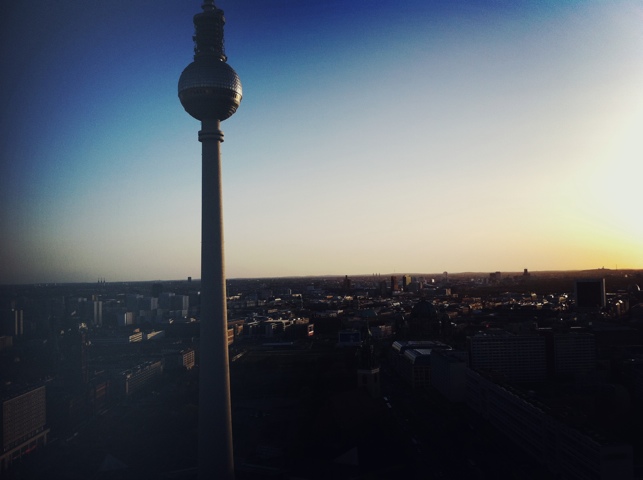Cambodia
12 hours, 2 paracetamol and 450 km later. I arrived at Siem Reap/Cambodia. From Bangkok I had to do some bus hoping to get here, filled out tonnes of documents at the Cambodian Border. But, every second at the border or on this bumping buses was worth it. Driving down the 200 km on the recently upgraded highway to Siem Reap, dusk turned the beautiful countryside into an amazing scenery of purple and turquoise colours with all kind of reflections in the little lakes between the rice fields. Window open, IPod set on the right music, paradise could not be closer.
Siem Reap is an incredible charming town with an well developed tourist industry. In history, in 1900, the French were able to pressure Thailand into returning the north west provinces of Battambang, Siem Reap and Sisophon in return for concessions of Lao territory to Thais. This meant Angkor came under Cambodian control for the first time in more than a century. Well, the French still kept a lot of the power they always have had in the provinces.
So, why going so far back in history? That everybody understands the fact that much of Siem Reaps special charm is in it’s early 20th century French architecture. Some of the finest colonial buildings turned into luxury hotels. Somehow it reminds me a lot about Havana/Cuba, where I had been in 2003.
Yesterday I had a “leisure day” after being on the bus tour for so long. I stayed at the roof terrace of the “Terrasse des Elephants” an Angkor Boutique Hotel from the early years. Check out the website for more information or see the nice pool pictures of the amazing roof terrace. I just changed my guest house today and moved in a new one right beside the hotel. Now I can jump in the pool any time I like. Well, instead of 50 $ per room at the hotel I pay only 6$. 5$ if I want to go into the pool of the hotel. But the guest house is fun and much better as the previous one.
Today I got up at 4am to see the sunrise at Angkor Wat, the most famous temple complex at Angkor. I hired a private driver with a small moped to take me to the different temples in the same area of 25 km. There are 100 temples surviving today just a small number of temples Angkor must had at its main peak of the Khmer empire; a city that, at it’s zenith, boasted a population of one million when London was scrawny town of 50.000. Because normal houses at Angkor were constructed of wood, only the temples which are made of brick or stones, still exist. It’s amazing to see how big and exclusive life had been at this time. Very nice trip.
So the next plan is, going down to the floating village of Chong Kneas and try to stay there for one night. From there I would like to get on a boat down the Tonle Sap Lake and head into Phnom Pnehm on Wednesday night.






chris spira
15 years ago🙂
mark flood
15 years agohey chris,
thanks for all the updates. keep shooting!
cheers – mark
chriss
15 years agohey mark, thanks. will try my best. now i’m in sihanoukville – the very south of camboidia at the coast. it’s pretty laid back here and big tourism still far away. it’s more like a hippie paradise mixed with some cambodian peopke. but the beach is fine, there are some bars and restaurants and the fish is excellent. I will try to upload some images tomorrow and write an update about phnom penh, which actually was very intense in terms of the countrys history, see khmer rouge regime …
but thats part of the country’s history and things remind you day by day about it. the little beach here feels like a “catwalk” (tortured and destroyed bodys instead of the newest fashion) of the landmine victims which lost different parts of their bodys. they creep through the sand on the beach like shrimps. most of them lost their legs or arms. so i always give them little bit of cash but there are too many of them. sad, sad people.
ok, don’t want to tell you too much, otherwise you will not read the next posts or know already. take care …
hope everything is fine with you.
Comments are closed.